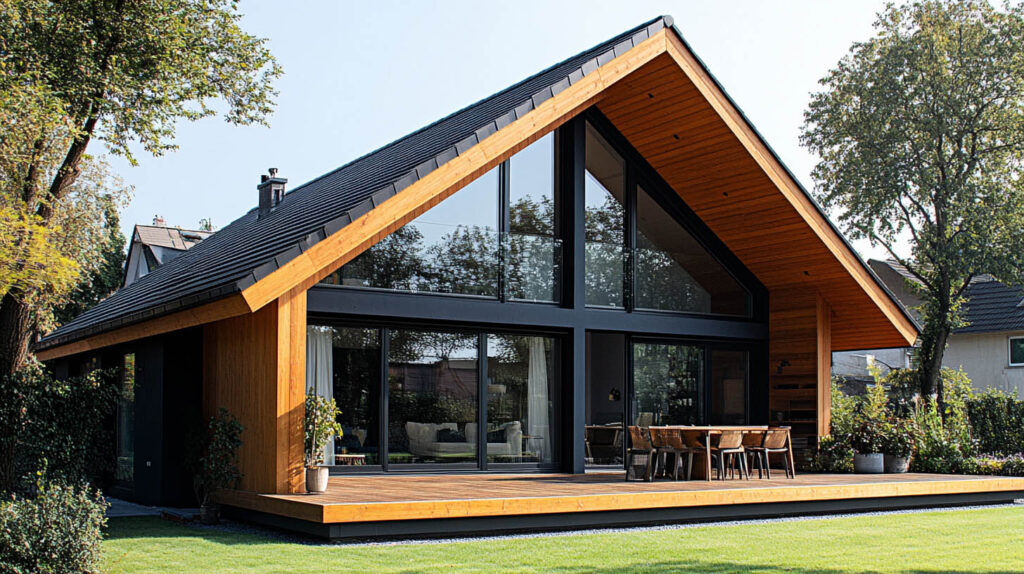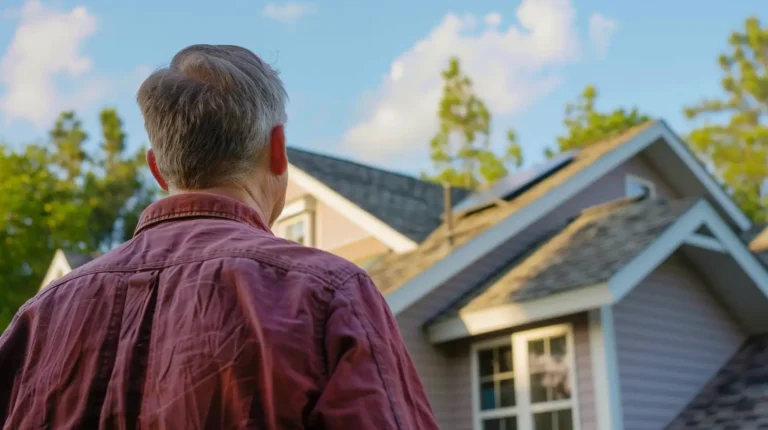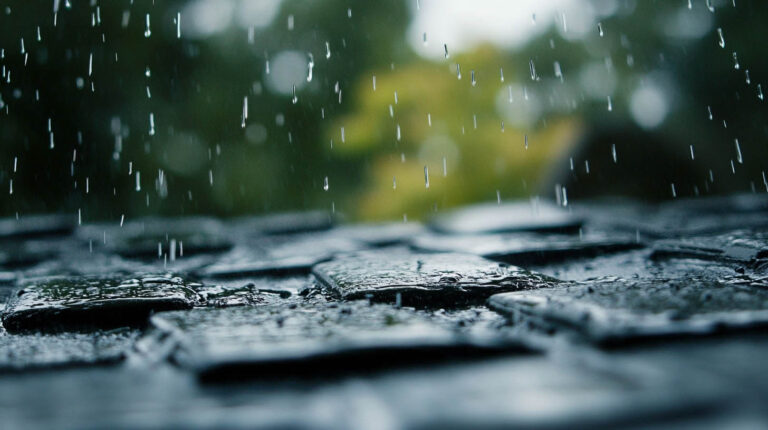
Blog
All About Gable Roofs: Design, Benefits, and Considerations
Gable roofs are one of the most recognizable and popular roofing styles, especially in regions like the U.S., Canada, and colder parts of Europe. Known for their triangular shape, gable roofs offer numerous benefits, making them an attractive option for homeowners. At Avenue Roofing, we help clients explore the best roofing designs, including gable roofs, to match their needs.

What is a Gable Roof?
A gable roof is characterized by its triangular shape, which is formed by two sloping sides that meet at the top. This style is a common sight in many residential areas because it provides excellent ventilation and allows rain and snow to easily slide off. Gable roofs are typically constructed using materials like asphalt shingles, metal, tiles, or cedar, depending on the climate and architectural style.
Key Types of Gable Roofs
- Front Gables: Often seen in colonial-style homes, these gables are placed above the main entrance.
- Side Gables: These are traditional pitched roofs where the two sides slope down from the ridge.
- Crossed Gables: Suitable for homes with multiple wings, crossed gables involve two gable roof sections placed at right angles.
- Dutch Gables: A combination of a gable and hip roof, adding extra attic space and aesthetic appeal.
- Open Gables: Often used as porch covers, offering protection while maintaining an open feel.
Advantages of Gable Roofs
1. Efficient Water and Snow Drainage
One of the main benefits of gable roofs is their ability to handle heavy rainfall and snow accumulation. Thanks to their steep pitch, water and snow can easily run off the roof, reducing the likelihood of leaks or structural damage. This makes gable roofs particularly suitable for areas that experience significant precipitation.
2. Cost-Effective and Easy to Build
Gable roofs are often more affordable to build compared to more complex roofing styles. Their simple design allows for faster construction, reducing labor costs.
Unique Fact: The gable roof design has been used for centuries, with early examples found in ancient Greek and Roman architecture.
3. Increased Attic Space and Ventilation
The steep pitch of a gable roof creates ample attic space, which can be used for storage or additional living space. This design also improves ventilation, allowing moisture to escape and keeping the interior dry. Many gable roofs incorporate vents that help improve air circulation, contributing to better indoor air quality.
Disadvantages of Gable Roofs
1. Vulnerability to High Winds
While gable roofs are great for water drainage, they are not ideal for areas prone to high winds, tornadoes, or hurricanes. The triangular shape can act like a sail, catching wind and increasing the risk of roof damage or collapse. In hurricane-prone areas, additional reinforcements are required to ensure the roof’s stability.
2. Potential for Higher Costs in Complex Designs
Although gable roofs are simple to construct for smaller homes, larger homes or houses with multiple wings may require more complex gable designs. This complexity increases the time and cost of construction as different wall heights and support structures need to be considered.
If you’re looking for ways to protect your roof from high winds and other storm-related damage, click here for more information.
Gable Roof Aesthetics and Customization
Gable roofs are versatile and can be customized with various architectural styles, such as Victorian, Tudor, Cape Cod, and bungalows. They can also be enhanced with features like overhangs, brackets, and pediments to add ornamental value to your home. This flexibility allows homeowners to match their roof design to their specific aesthetic preferences.
Choosing the Right Contractor
While gable roofs offer several benefits, ensuring they are properly installed is critical to their longevity. A qualified roofing contractor like Avenue Roofing can assess your home’s specific needs and recommend the best materials and design options for your gable roof. Proper support structures and reinforcements are essential to creating a roof that is both beautiful and durable.
Conclusion
Gable roofs are a popular choice for homeowners because of their simple design, cost-effectiveness, and ability to handle heavy rain and snow. However, they are not without drawbacks, particularly in regions prone to high winds. At Avenue Roofing, we specialize in designing and installing gable roofs that offer both aesthetic appeal and long-term durability.
FAQs
1. Why are gable roofs popular in colder climates?
Their triangular design allows snow and rain to slide off easily, preventing accumulation and reducing the risk of leaks.
2. Are gable roofs suitable for high-wind areas?
Gable roofs can be vulnerable to high winds, but with proper reinforcement, they can withstand most weather conditions.
3. How much does it cost to build a gable roof?
The cost depends on the size of the home and the complexity of the design. Simpler designs are generally more affordable than complex, multi-gabled structures.
4. Can I customize a gable roof?
Yes, gable roofs can be customized with features like overhangs, pediments, and decorative brackets to enhance their aesthetic appeal.
5. How can I increase the durability of my gable roof?
Using high-quality materials and ensuring proper installation by a professional contractor will maximize the durability of your gable roof.
To understand the types of storm damage that can impact your roof, click here.



